Taking action to help conserve freshwater and wetland habitats is essential so that we can protect the plants and animals that live there. We have a responsibility to be responsible animal advocates and speak out for change!
Check out some of the ways that you can help:
Volunteer planting trees and plants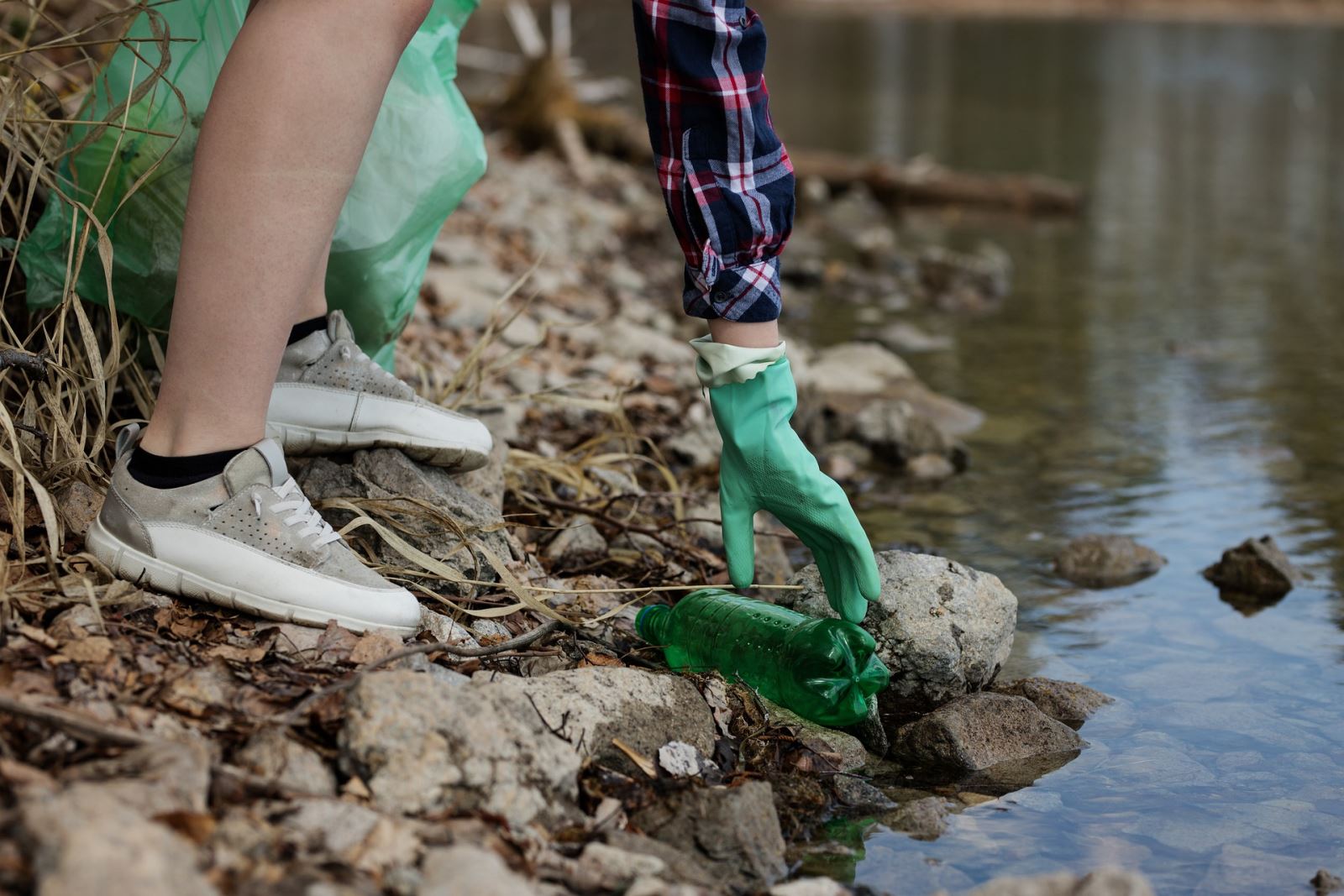
There are lots of places where you and your family can volunteer your time planting trees. This helps keep our fresh water areas and wetlands full of native species and helps feed and provide shelter for the animals that live there.
Organise a community stream clean-up
Encourage your friends, family, and whānau to come together to do a stream clean-up! Protecting the environments where these animals live is one of the most important actions you can take to protect these vulnerable animals.
Say no to pesticides and fertilisers that harm wetlands
Pesticides and fertilisers can lead to runoff that can pollute fresh water habitats. The chemicals in this runoff can harm aquatic plants, and animals. Instead, consider natural alternatives for the garden like planting onion, garlic or marigolds.
When out exploring nature, stick to the paths
Sticking to the paths allows plants to grow and not get damaged by people accidentally walking on them. This also allows wildlife to have areas that they can call their very own, where they will not be disturbed.
.jpg)
Never litter
As we know, rubbish has huge negative impact on several animals and their habitats. Animals can get caught up in or ingest rubbish, which can lead to serious injuries or even death.
Not only is it important to NEVER ever litter, but if you ever see litter, dispose of it properly so that it doesn’t make its way into animal habitats!
Give wildlife space
It’s always important to admire wildlife from a distance. Remain quiet, don’t approach them, and give them the respect they deserve. Birds and insects help spread seeds and pollen so it’s important to give them the room so they feel safe to carry out their important jobs!
Do not release companion animals into the wild
Never release companion animals like turtles and fish into the wild. Not only is it dangerous for that animal, but it's also dangerous for wild animals and their environment. It's also illegal. Always contact your local SPCA Centre or local shelter to rehome your companion instead.
Keep companion animals under control
When exploring freshwater and wetland environments, only take your dog to areas that allow them, and keep them under control. Be sure to keep your dog on lead and/or that they stay in designated off-lead areas and that they do not disturb wildlife and protected areas. If you are in an off-lead area and you come across wildlife put your dog on a lead immediately and lead them away, warn other dog owners at the location that there is wildlife around.
Notify Department of Conservation (DOC) if you see wildlife being harassed by people or dogs.
Keep your cat safe and happy at home!
Contained cats are more likely to enjoy a longer, healthier life. This includes spending more quality time with you, keeping them safe from road traffic, avoiding problems with your neighbours, and reducing the risk they will harm or kills other animals. You can contain your cat by cat-proofing an outdoor area, using a combination of indoors and a secure outdoor enclosure, or keeping your cat indoors. You will need to provide them with opportunities to meet their physical and behavioural needs.
Write a polite letter or email
You can write a polite email or letter to the government urging further protection and restoration of the few precious wetlands we have left.

Spread the word
Let friends, family, and classmates know about threats to fresh water and wetland habitats and what they can do to help.
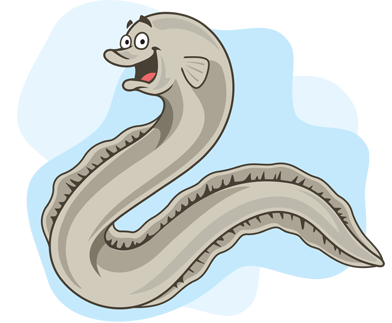

















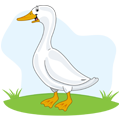

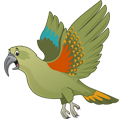
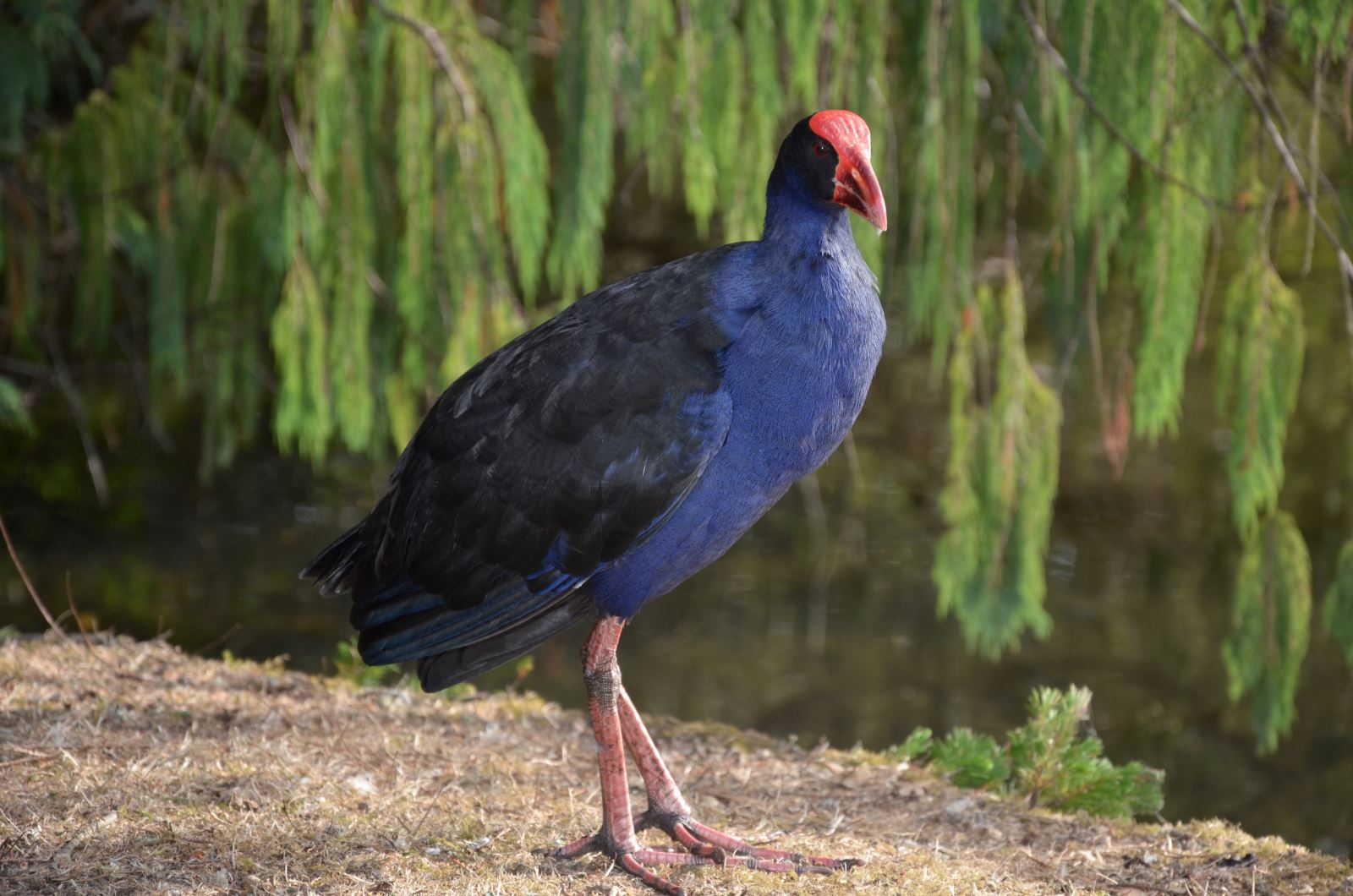
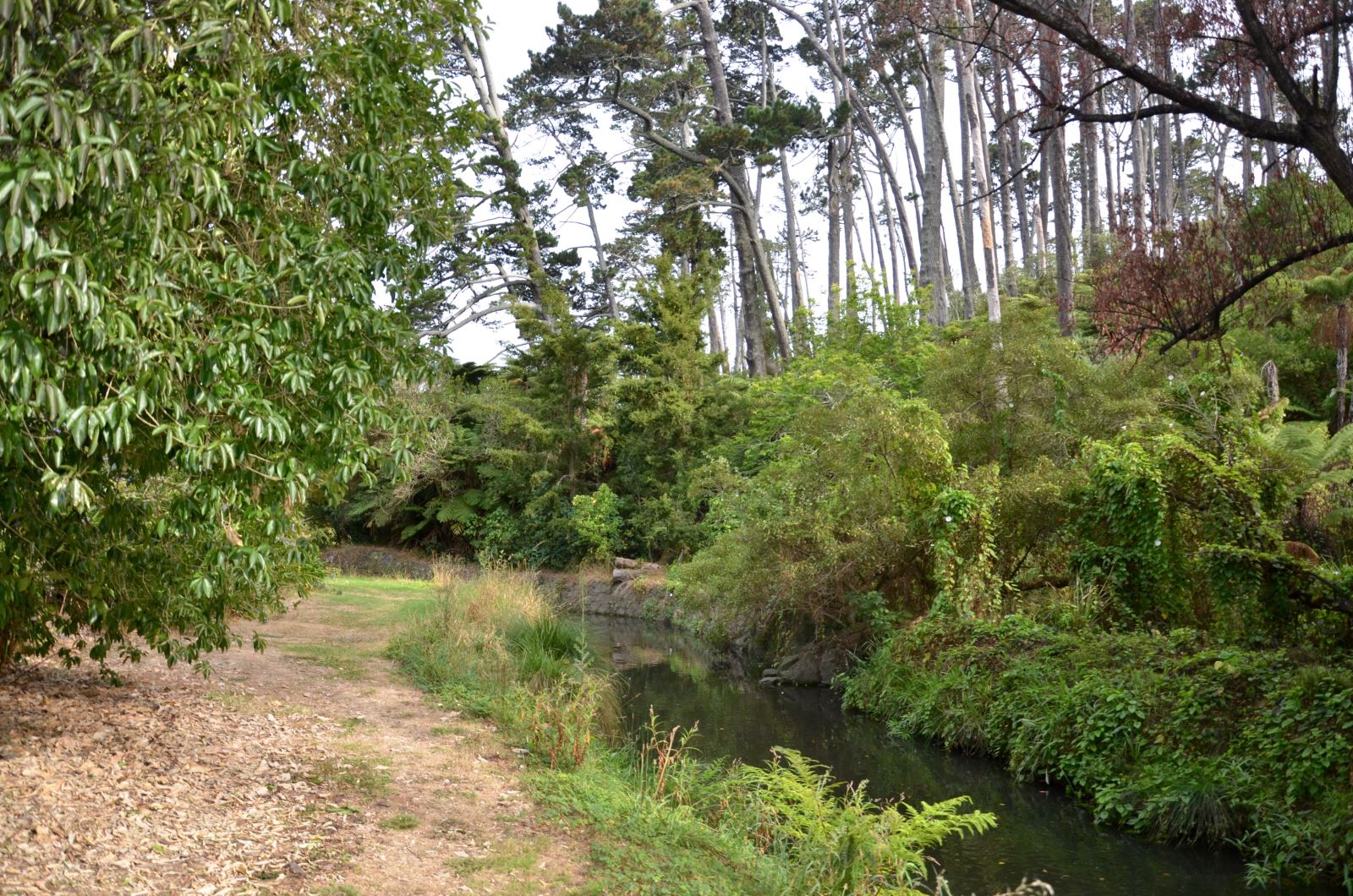
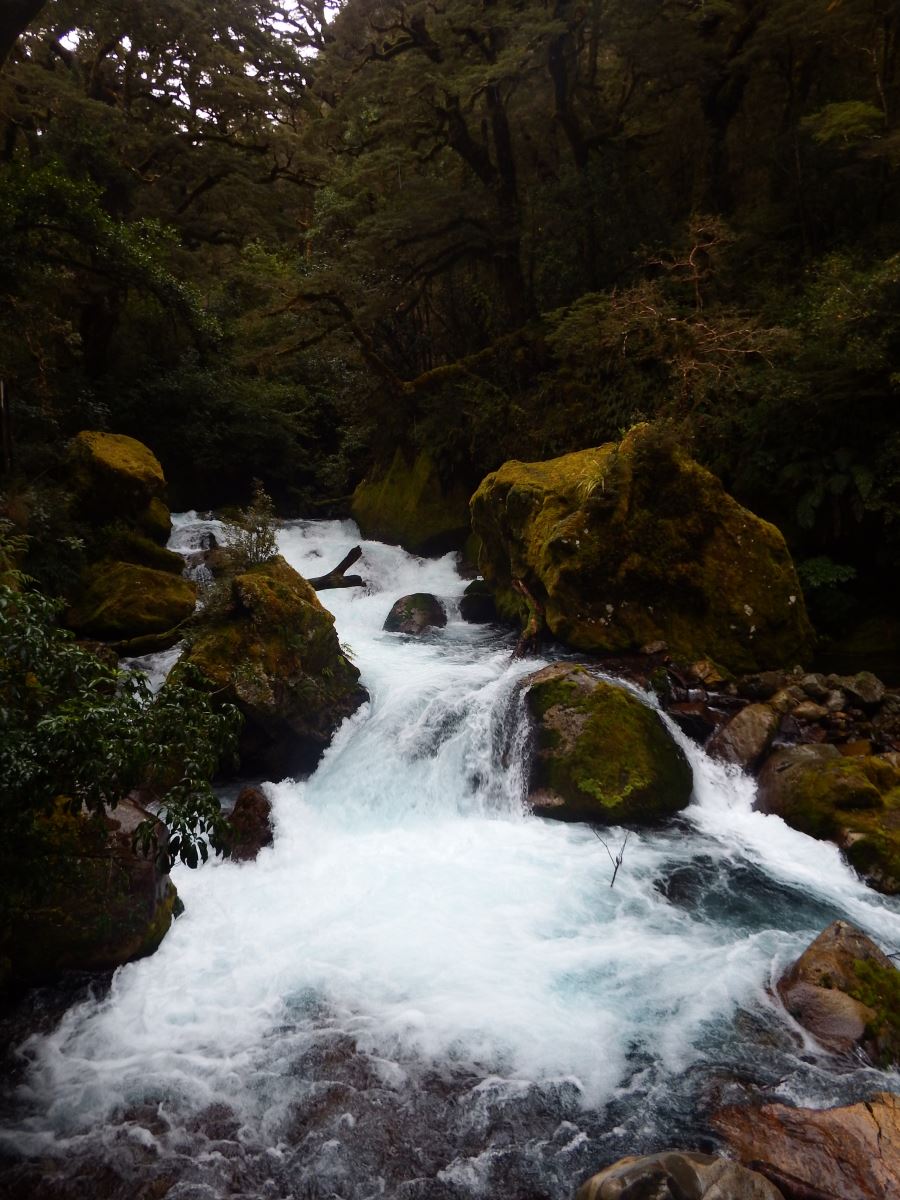


.jpg)

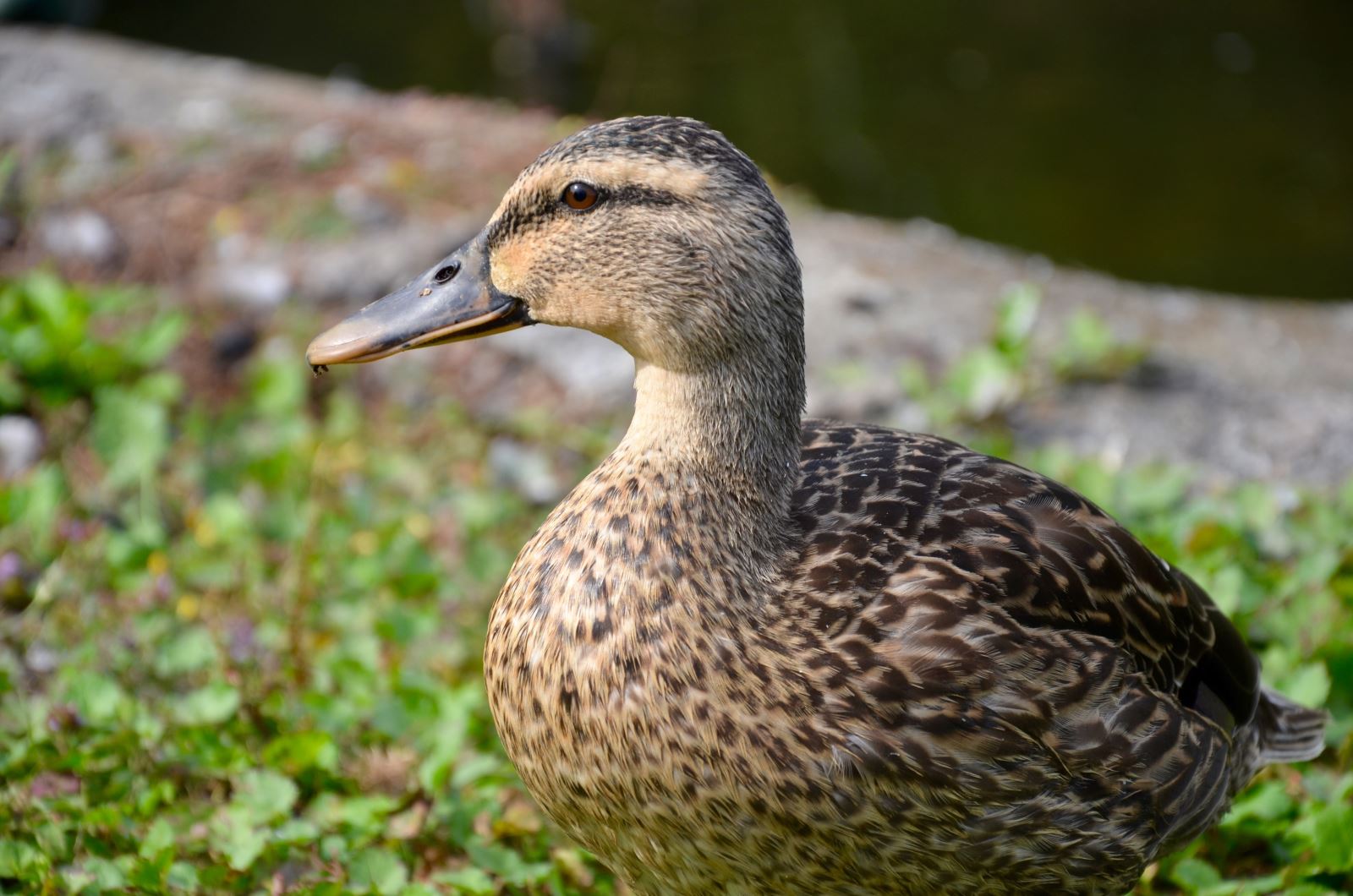 If you find a wild animal who is sick or injured, remember to put everyone’s safety first and with the help of an adult, call the Department of Conservation’s (DOC) emergency hotline 0800 DOC HOT (0800 362 468).
If you find a wild animal who is sick or injured, remember to put everyone’s safety first and with the help of an adult, call the Department of Conservation’s (DOC) emergency hotline 0800 DOC HOT (0800 362 468).







